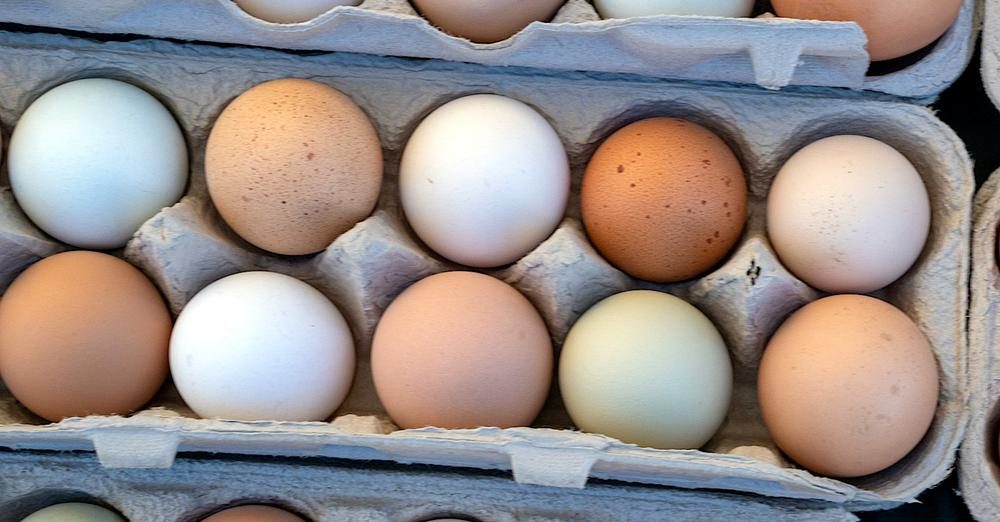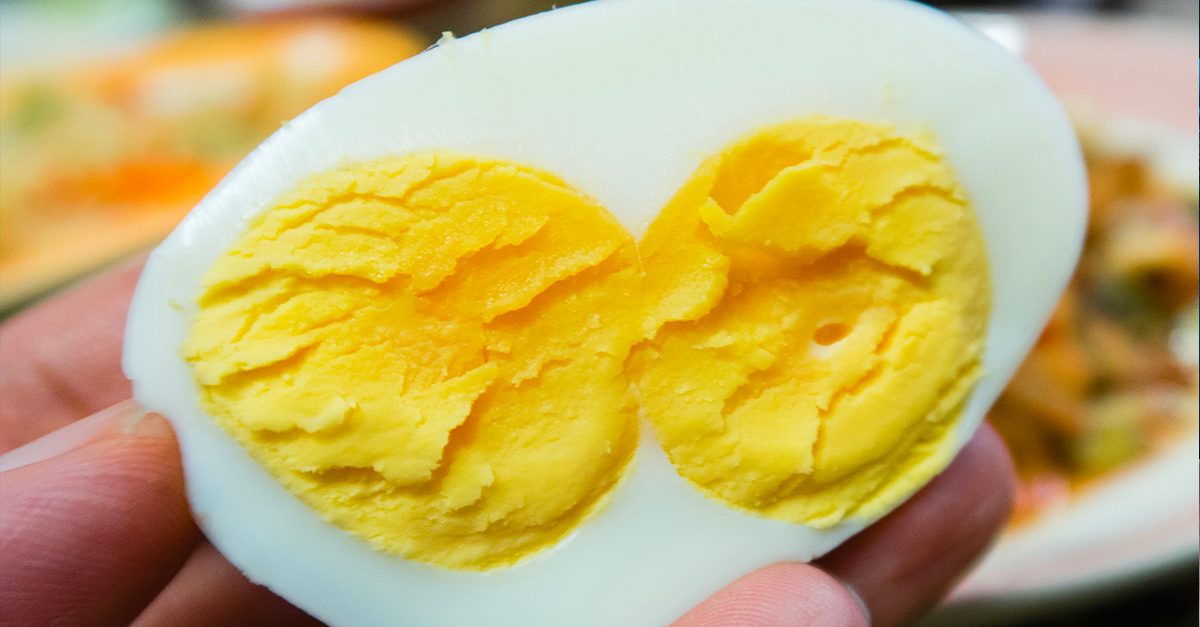5 Commonly Debated Statements About Eggs Laid To Rest (Backed By Science)
Eggs are a known source of animal proteins. They are packed with nutrients and so bestow different health benefits on consumers. However, this popularity doesn't mean they are free from misconception and heated debates. Read on to see how we lay common arguments about the benefits of eggs and the differences between brown and white eggs to rest.
;)
Eggs can be enjoyed in numerous ways, fried, scrambled or even mixed into pastry dough. Even better, it is one of the cheapest animal proteins you'll find at your local supermarket or farmer's station.
It is therefore no surprise that eggs are also commonly a subject of debate worldwide. Here are some of the most popular questions asked about eggs as well as answers backed by science:
1. What are the differences between white and brown eggs?
The major difference between white and brown eggs is all about the hen that lays them. White eggs are laid by chickens with white feathers and white ear lobes, while brown eggs are laid by red-feathered chickens with red ear lobes. Other important differences include the price of the varieties; brown eggs are more expensive than white eggs as red-feathered chickens are bigger and more expensive to rear.
Fortunately, you don't have to worry about the white and brown eggs!

2. How long does it take a chicken to lay an egg?
The entire creation of an egg takes between 24 and 26 hours. Lisa Steele, writer of Fresh Eggs Daily, explains that a chicken’s diet contains a high percentage of calcium, which is used to help form the eggshell. Of the total time taken to form an egg, about 20 hours is used to make the eggshell!

3. Can eggs affect my risk of heart disease?
There are old studies that reported that eating eggs can increase cholesterol levels but newer research say otherwise. A study published by the American Journal of Clinical Nutrition indicates that participants didn't develop any increased risk of heart diseases.

4. Where's the exact date a carton of eggs was packed?
This is called a Julian date and it is a three-digit number that represents the day of the year the eggs were washed, graded and packed in the carton. For instance, January 1 is written as 001 and December 31 is written as 365. You can find the Julian date printed on the exterior of any egg carton purchased at a supermarket.

5. Why are free-range eggs more expensive?
Free-range eggs are more nutritious as the hens are larger in size, and are allowed to roam freely. However, this practice exposes them to risks of being preyed upon which subsequently hikes up their mortality rate and incurs more expenses and losses to the producer. According to Dr. Kenneth Anderson, Poultry Scientist with North Carolina State University Extension, labor costs are 10 to 20 times higher for free-range hens!
;Resize,width=767;)
;Resize,width=712;)
;Resize,width=712;)
;Resize,width=712;)
